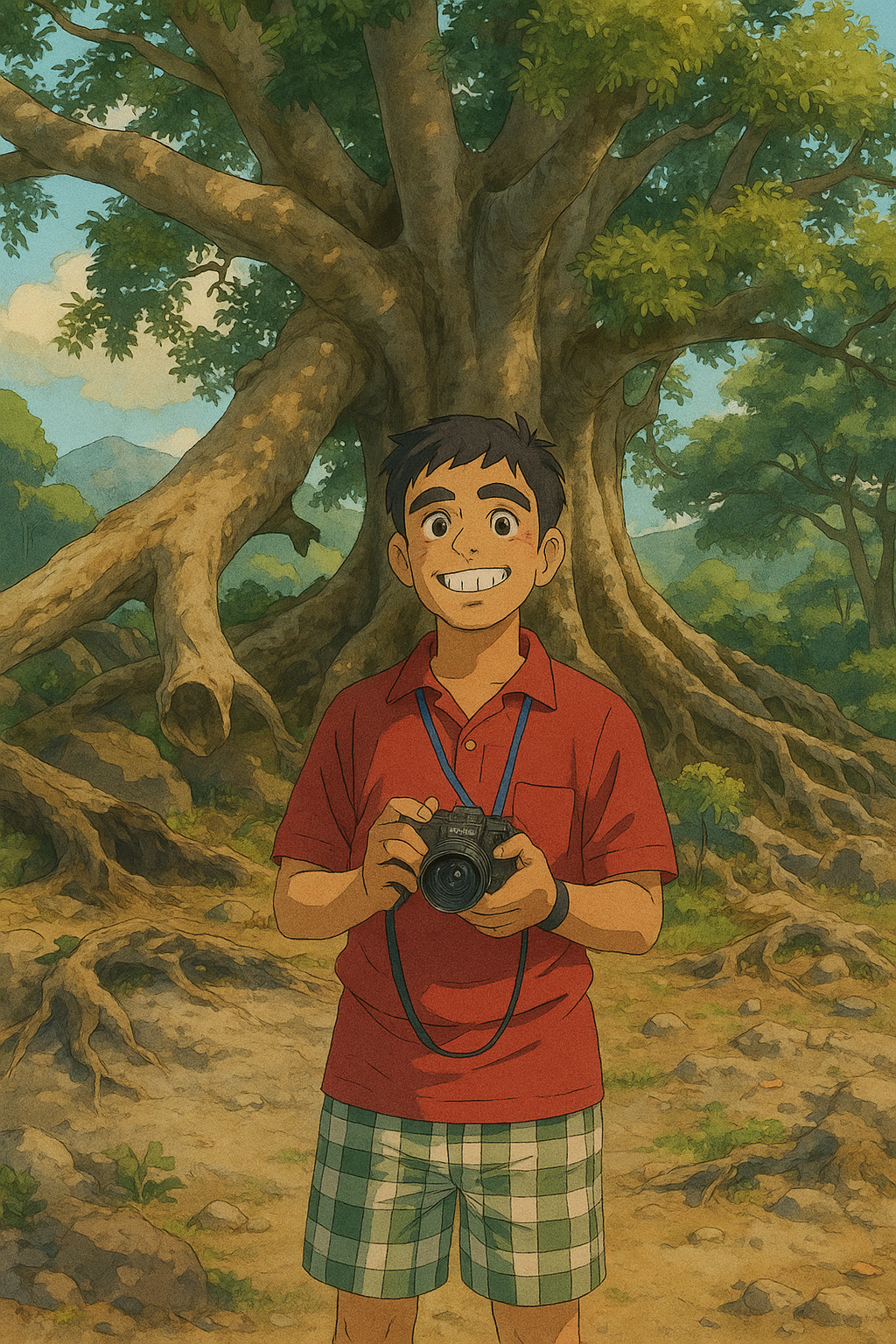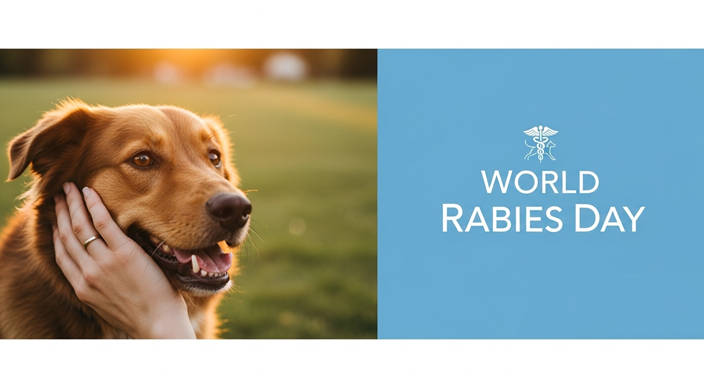Every year, on September 28, #people across the #world unite to observe World Rabies Day (#WorldRabiesDay). This day is not just another #health campaign marked on a calendar — it is a #loud, #urgent call to the #global community to recognize #rabies as a preventable yet #deadly disease. Despite being almost 100% fatal once symptoms appear, rabies is also almost 100% preventable through timely #vaccination and #awareness. On this day, we pause, reflect, and commit ourselves to ending human deaths caused by rabies, especially in vulnerable communities where access to vaccines and medical care remains limited.
History of World Rabies Day
World Rabies Day was first launched in 2007 as a joint initiative by the Global Alliance for Rabies Control (GARC) and its partners, with strong support from major health organizations including the World Health Organization (WHO), the World Organisation for Animal Health (OIE), and the Centers for Disease Control and Prevention (CDC).
The choice of September 28 is symbolic—it marks the anniversary of the death of Louis Pasteur, the French scientist who developed the first effective rabies vaccine in 1885. By linking the day with Pasteur’s legacy, the campaign not only honors his groundbreaking contribution but also highlights the enduring fight against rabies over centuries. Since its inception, World Rabies Day has grown into a globally recognized event, celebrated in more than 150 countries with thousands of activities every year.
Importance of World Rabies Day
The importance of World Rabies Day lies in its focus on awareness, prevention, and education. Rabies claims nearly 59,000 human lives every year, primarily in Asia and Africa, with children being the most vulnerable victims. The tragedy of rabies is that every single death is avoidable if people have access to vaccines, treatment, and awareness about how to prevent bites and exposure.
This day emphasizes the urgency of One Health, a concept that recognizes the interconnectedness of human health, animal health, and the environment. Since 99% of human rabies cases are caused by dog bites, tackling rabies at the source—vaccinating dogs—becomes a cornerstone of prevention. World Rabies Day creates global momentum to remind governments, communities, and individuals that ending rabies is not just a dream, but an achievable reality.
Significance of World Rabies Day
The significance of World Rabies Day goes far beyond health statistics. It:
-
Unites global voices under one cause: preventing rabies deaths.
-
Bridges inequality by highlighting the disproportionate impact rabies has on low-income regions where vaccines are scarce.
-
Inspires action from policymakers, animal health workers, doctors, NGOs, and citizens alike.
-
Creates educational platforms for schools, rural communities, and urban areas where myths about rabies still exist.
The day signifies hope—that through collaboration, education, and action, rabies can be eliminated entirely from our world.
Why World Rabies Day Is Celebrated
World Rabies Day is celebrated to:
-
Raise awareness about the dangers and prevention of rabies.
-
Honor the legacy of Louis Pasteur and scientific progress in disease prevention.
-
Encourage vaccination drives for dogs and cats, which are critical to controlling rabies at its source.
-
Advocate for equal healthcare access, especially in rural and underserved areas.
-
Promote community participation in preventing rabies through education, reporting, and responsible pet ownership.
At its heart, this celebration is about transforming awareness into lifesaving action.
How World Rabies Day Is Celebrated
World Rabies Day is celebrated through a variety of activities, tailored to both urban and rural contexts. Common practices include:
-
Vaccination drives for dogs, cats, and even livestock in vulnerable regions.
-
Educational workshops in schools and communities, teaching children and families how to prevent rabies.
-
Public awareness campaigns—radio talks, community theater, posters, and social media challenges to debunk myths and spread preventive tips.
-
Health camps where people are educated about the importance of post-exposure prophylaxis (PEP).
-
Scientific conferences and webinars bringing together experts to discuss strategies, progress, and innovations in rabies elimination.
-
Charity walks, marathons, and exhibitions to generate funds and highlight the urgency of rabies eradication.
In many countries, NGOs and governments collaborate to provide free or subsidized vaccinations during this period, ensuring even the poorest communities can protect themselves.
Countries and Regions Observing World Rabies Day
World Rabies Day is truly a global campaign, observed in more than 150 countries across continents. Some key regions include:
-
Asia: India, Philippines, Bangladesh, Nepal, Thailand, and China organize mass vaccination programs and awareness drives, given their high rabies burden.
-
Africa: Kenya, Tanzania, Nigeria, and Ethiopia actively participate through vaccination campaigns and rural education programs.
-
Europe: The UK, France, and Germany mark the day with awareness events and research-focused conferences.
-
North America: The USA and Canada highlight preventive measures, focusing on wildlife control and vaccination of pets.
-
Latin America: Brazil, Mexico, and Peru conduct vaccination campaigns, supported by community health workers.
-
Oceania: Countries like Australia and Papua New Guinea participate through local animal health initiatives.
While the focus is stronger in rabies-endemic countries, developed nations also observe the day to strengthen global solidarity and provide technical expertise.
How Citizens Involve Themselves and Make It a Success
The success of World Rabies Day depends heavily on citizen participation. Ordinary people play extraordinary roles in shaping outcomes:
-
Pet owners vaccinate their dogs and cats, ensuring they are not a threat to their families or communities.
-
Parents and teachers spread awareness among children, teaching them how to avoid stray animals and what to do after a bite.
-
Volunteers help in mass vaccination drives, community theater, and health camps.
-
Social media users amplify the campaign by sharing facts, hashtags, and personal stories, creating digital waves of awareness.
-
Local leaders mobilize their communities by encouraging attendance at health programs.
-
Students and youth groups organize rallies, art competitions, and awareness marathons.
When every citizen takes responsibility, World Rabies Day becomes not just an event, but a movement.
Theme for World Rabies Day 2025
Each year, World Rabies Day has a global theme that guides activities and messaging. The theme for 2025 is:
“Rabies: A Preventable Tragedy, A Shared Responsibility.”
This theme highlights two truths:
-
Rabies deaths are entirely preventable with timely vaccination and awareness.
-
Ending rabies requires shared responsibility between governments, communities, and individuals worldwide.
10 Famous Quotes for World Rabies Day
-
“Rabies is 100% preventable, but only if we act together.” – Global Alliance for Rabies Control
-
“No child should die of rabies in the 21st century.” – World Health Organization
-
“The simplest act of vaccinating a dog can save countless human lives.” – Louis Pasteur (inspired legacy)
-
“Rabies reminds us that health is not just personal, but shared with our animals and environment.” – One Health Initiative
-
“Every rabies death is a failure of awareness, not science.” – Public Health Advocate
-
“In rabies prevention, every citizen is a hero.” – Community Health Worker, India
-
“Rabies control begins at the paw of a vaccinated dog.” – Veterinary Association
-
“Together, we can consign rabies to history books.” – GARC Leader
-
“Awareness is the vaccine for ignorance; action is the vaccine for rabies.” – Health Educator
-
“World Rabies Day is not just about remembering the problem, but about building the solution.” – Public Health Campaigner
Frequently Asked Questions (FAQs)
Q1: What is rabies?
Rabies is a viral disease that affects the central nervous system, leading to brain inflammation and almost certain death once symptoms appear.
Q2: How is rabies transmitted?
It is usually transmitted through the bite or scratch of an infected animal, most commonly dogs. Saliva of the infected animal carries the virus.
Q3: Can rabies be prevented?
Yes. Rabies is almost 100% preventable through animal vaccination, human pre-exposure prophylaxis, and timely post-exposure prophylaxis (PEP).
Q4: Why is World Rabies Day on September 28?
Because it is the death anniversary of Louis Pasteur, the scientist who developed the first rabies vaccine.
Q5: Who organizes World Rabies Day?
It is spearheaded by the Global Alliance for Rabies Control (GARC) with support from WHO, OIE, CDC, and other partners.
Q6: Is rabies still a problem worldwide?
Yes. Rabies kills around 59,000 people each year, mostly in Asia and Africa.
Q7: Can humans get vaccinated against rabies?
Yes. Rabies vaccines are available for both pre-exposure (for high-risk groups) and post-exposure (after a bite).
Q8: What should I do if bitten by an animal?
Immediately wash the wound with soap and water for at least 15 minutes and seek medical care for rabies vaccination.
Q9: Are all animals carriers of rabies?
Not all, but mammals like dogs, cats, bats, raccoons, foxes, and monkeys can carry the virus.
Q10: What is the global goal for rabies?
The global community aims to achieve “Zero human deaths from dog-mediated rabies by 2030.”
Conclusion
World Rabies Day is not just another date to remember—it is a global reminder of hope, responsibility, and action. On September 28, communities worldwide stand together to prevent a disease that is both ancient and unnecessary in modern times. By vaccinating animals, spreading awareness, ensuring timely treatment, and involving citizens, rabies deaths can be completely eliminated.
The message is clear: rabies is a preventable tragedy, and together we can end it. Let World Rabies Day 2025 be the year when each of us takes a step forward—whether by vaccinating a pet, educating a child, or simply sharing awareness—to make “Zero by 2030” more than a slogan, but a reality.
|
!!! Stay Updated !!! 👉 Follow and Join us on 👈 📰 Trending News | 📢 Important Alerts | 💼 Latest Jobs LinkedIn | Threads | Facebook |Instagram | Tumblr 📱 Follow us daily & never miss an update 📱 |

Someshwar Chowdhury is a seasoned Chartered Mechanical Engineer, Educator, and Technology enthusiast with over a decade of experience in engineering education and consultancy. Someshwar is also an active blogger, trainer, and member of professional bodies like ISHRAE and GREEN ADD+. When not teaching or consulting, he enjoys blogging, music, and exploring green technologies.
Discover more from Today's Significance
Subscribe to get the latest posts sent to your email.
